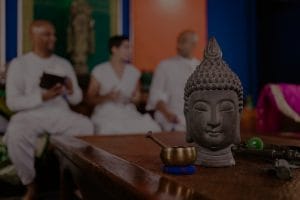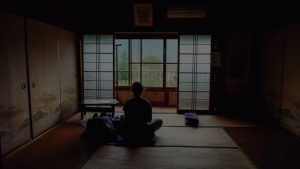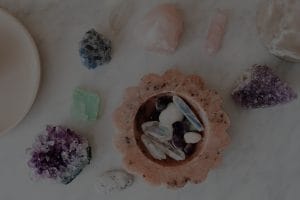**Abstract:** Discover how to seamlessly blend the principles of Feng Shui into your minimalist lifestyle, enhancing your living space while promoting harmony, balance, and tranquility.
Understanding Minimalism and Feng Shui
Minimalism is about simplifying life by reducing clutter and focusing on what truly matters. Feng Shui, an ancient Chinese practice, emphasizes the arrangement of space to promote positive energy flow. Integrating these two philosophies can create a serene environment that nurtures well-being. By understanding the core principles of both, you can craft a living space that reflects your values while fostering a sense of peace.
Creating a Balanced Space
Start by assessing your living area. Identify areas that feel chaotic or stagnant. Feng Shui teaches us that energy, or “Chi,” should flow freely. In a minimalist setting, this means removing unnecessary items that block pathways or create visual clutter. Consider using multifunctional furniture that serves a purpose while maintaining an open feel. This approach not only aligns with minimalist ideals but also ensures your space feels inviting and harmonious.
Color Schemes and Natural Elements
Incorporating specific colors can significantly impact the energy of your home. Choose calming hues such as soft blues, greens, or neutral tones that resonate with tranquility. Additionally, bring nature indoors through plants, which not only purify the air but also enhance the Feng Shui of your space. Opt for low-maintenance plants like succulents or snake plants that fit seamlessly into a minimalist aesthetic, fostering a connection with nature without overwhelming your decor.
Decluttering with Purpose
Decluttering is a fundamental aspect of both minimalism and Feng Shui. Begin by evaluating each item in your home. Ask yourself if it serves a purpose or brings you joy. If not, it may be time to let it go. This process not only creates physical space but also promotes mental clarity. In Feng Shui, clutter is seen as stagnant energy that can hinder personal growth. By maintaining a clutter-free environment, you invite positive energy and opportunities into your life.
Intentional Arrangements
The arrangement of furniture and decor plays a crucial role in Feng Shui. Position key pieces to encourage conversation and interaction, while ensuring pathways remain clear. In minimalist design, this can be achieved with fewer, thoughtfully chosen items that enhance the flow of energy. For instance, a well-placed mirror can reflect light and create a sense of spaciousness, while also symbolizing abundance and prosperity.
Creating a Zen Corner
Designate a small area in your home as a Zen corner. This space should evoke tranquility and serve as a retreat for relaxation or meditation. Incorporate soft textiles, candles, and calming artwork to create an inviting atmosphere. This corner can be a powerful tool for mindfulness and reflection, aligning with both minimalist and Feng Shui principles by promoting a sense of inner peace amidst life’s chaos.
Incorporating Symbols of Abundance
Feng Shui often emphasizes the use of symbols to attract positive energy and abundance. In a minimalist lifestyle, choose a few meaningful symbols that resonate with you, such as a small water fountain for prosperity or a crystal for clarity. These elements should be intentionally placed to enhance the energy flow without overwhelming your space. This delicate balance between symbolism and simplicity can profoundly impact your environment.
Conclusion: Harmonizing Your Space
Incorporating Feng Shui into your minimalist lifestyle is about finding harmony between simplicity and energy flow. By decluttering, thoughtfully arranging your space, and embracing natural elements, you create an environment that nurtures both your physical and mental well-being. As you embark on this journey, remember that the ultimate goal is to cultivate a home that reflects your values and promotes a sense of peace and balance. Embrace the beauty of minimalism while inviting the positive energy of Feng Shui into your life.










